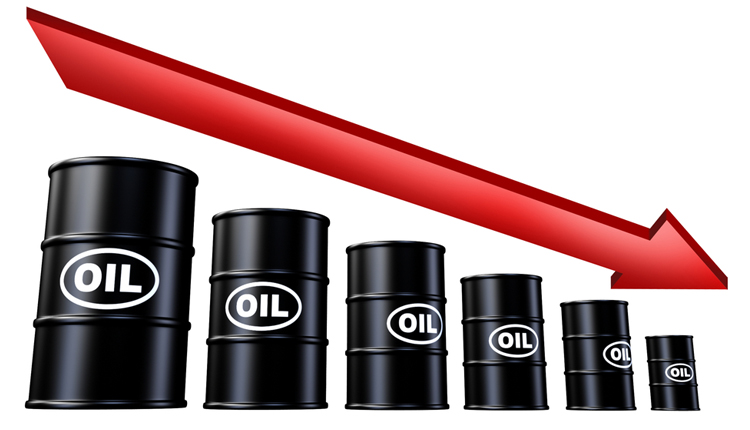Oil prices fell on Monday, dragged down as U.S. oil drilling activity rose to its highest level since March, 2015, while increasing output in Russia also weighed on the market.
Analysts expect surging U.S. output to start offsetting efforts led by the Organisation of the Petroleum Exporting Countries (OPEC) to withhold production, which have been in place since 2017 and in the first half of this year pushed up prices significantly.
Brent crude futures, the international benchmark for oil prices, were at $76.37 per barrel at 0010 GMT, down 9 cents, or 0.1 percent, from their last close.
U.S. West Texas Intermediate (WTI) crude futures were down 12 cents, or 0.2 percent, at $65.62 a barrel.
Prices were weighed down by another rise in the number of rigs drilling for new oil production in the United States, which crept up by one to reach its highest level since March, 2015 at 862, according to energy services firm Baker Hughes on Friday.
That implies that U.S. crude output, which is already at a record-high of 10.8 million barrels per day (bpd), will also rise further.
“Non-OPEC supply is expected to rise sharply in 2019 led by US shale growth along with Russia, Brazil, Canada and Kazakhstan,” U.S. bank JPMorgan said in its quarterly outlook published on Friday, adding that it was bearish for the oil price outlook going into the second half of the year.
Going into next year, the bank said “oil fundamentals are expected to weaken in 2019 on the back of stronger than expected non-OPEC supply but also potential release of barrels from OPEC as the joint accord between OPEC and non-OPEC is unlikely to stay in place”.
OPEC, together with some non-OPEC producers including Russia started withholding output in 2017 to end a global supply overhang and prop up prices.
OPEC and its partners are due to meet on June 22 at the cartel’s headquarters in Vienna, Austria, to discuss policy.
Meanwhile, Russian news agency Interfax reported on Saturday that Russia’s oil production, the world’s biggest, had risen to 11.1 million bpd in early June, up from slightly below 11 million bpd in most of May and well above its target production of under 11 million bpd as part of the deal.
Source: Reuters


